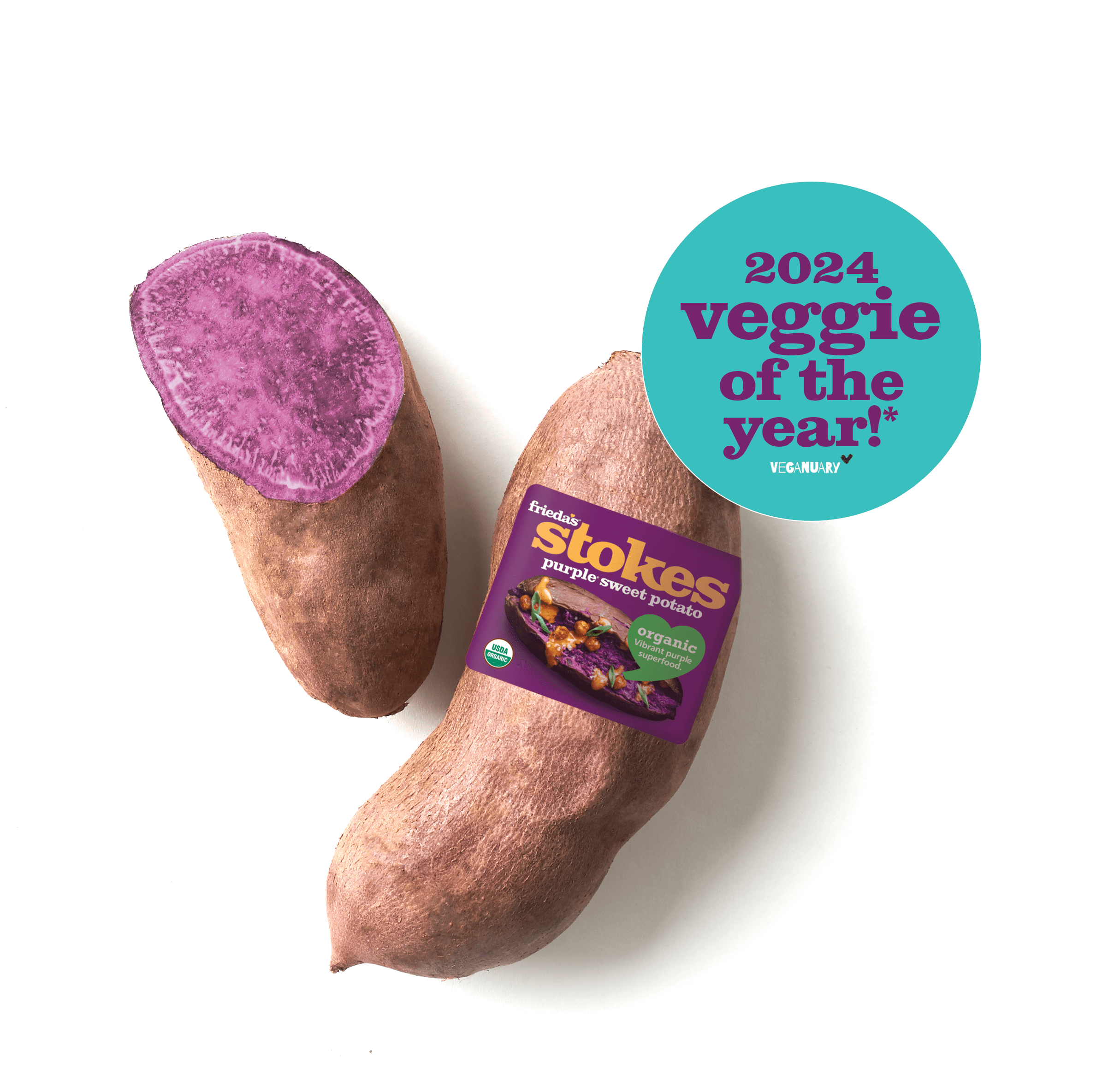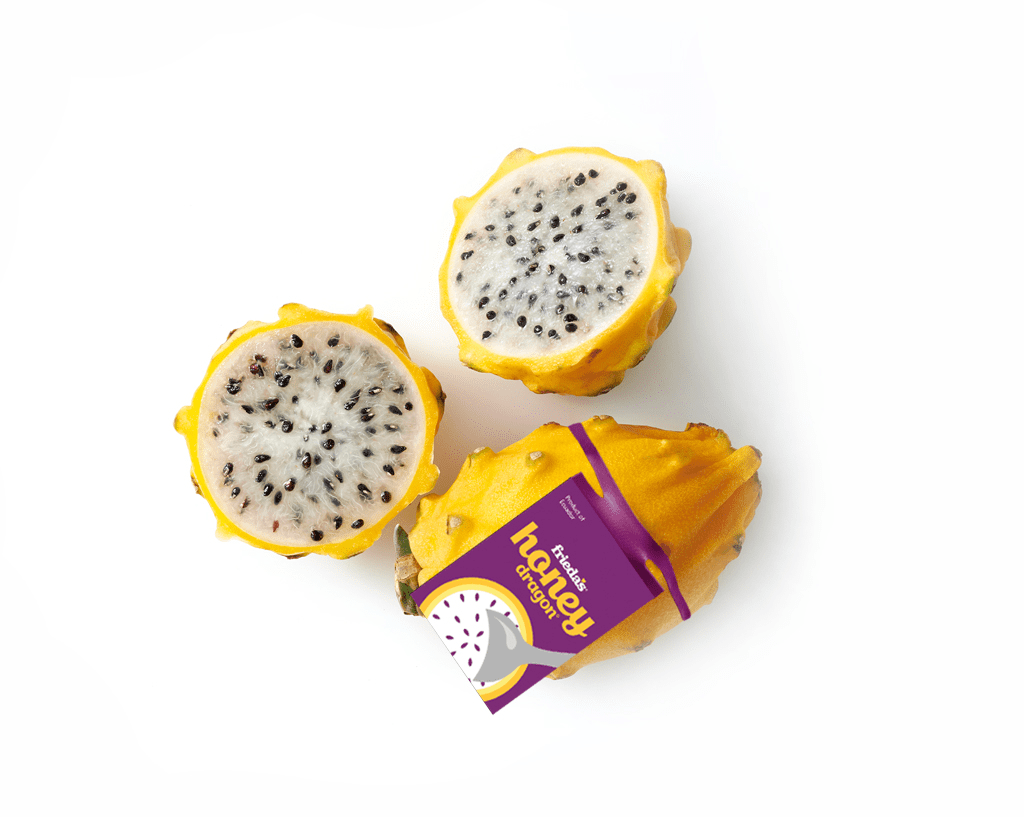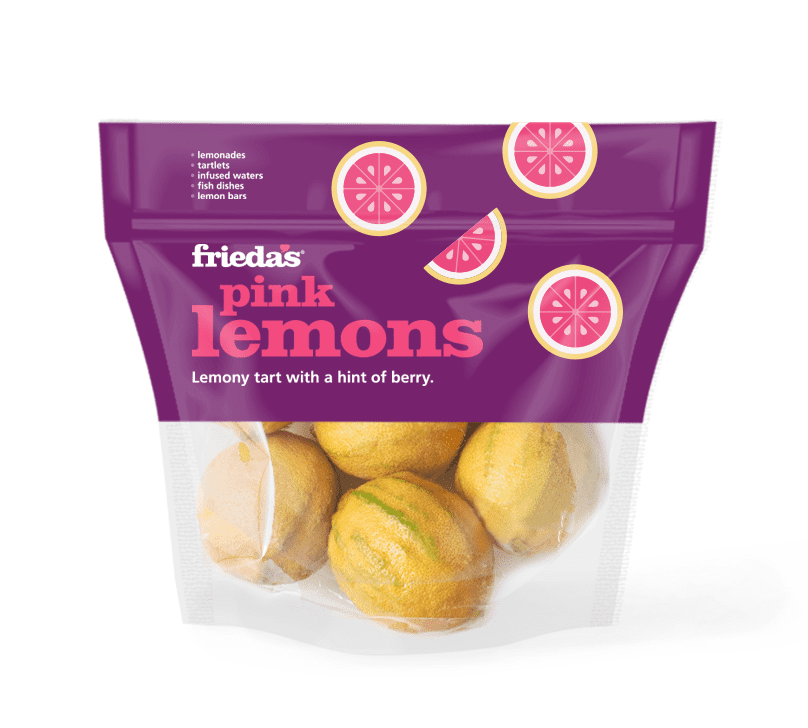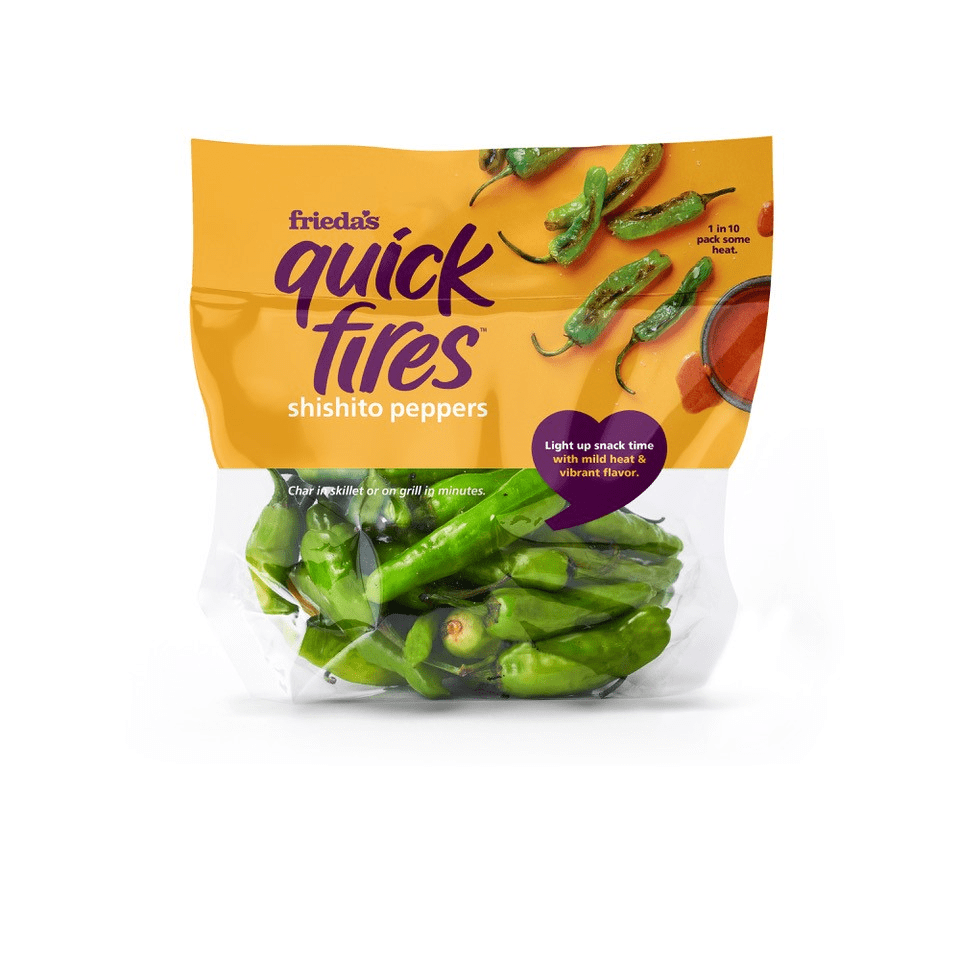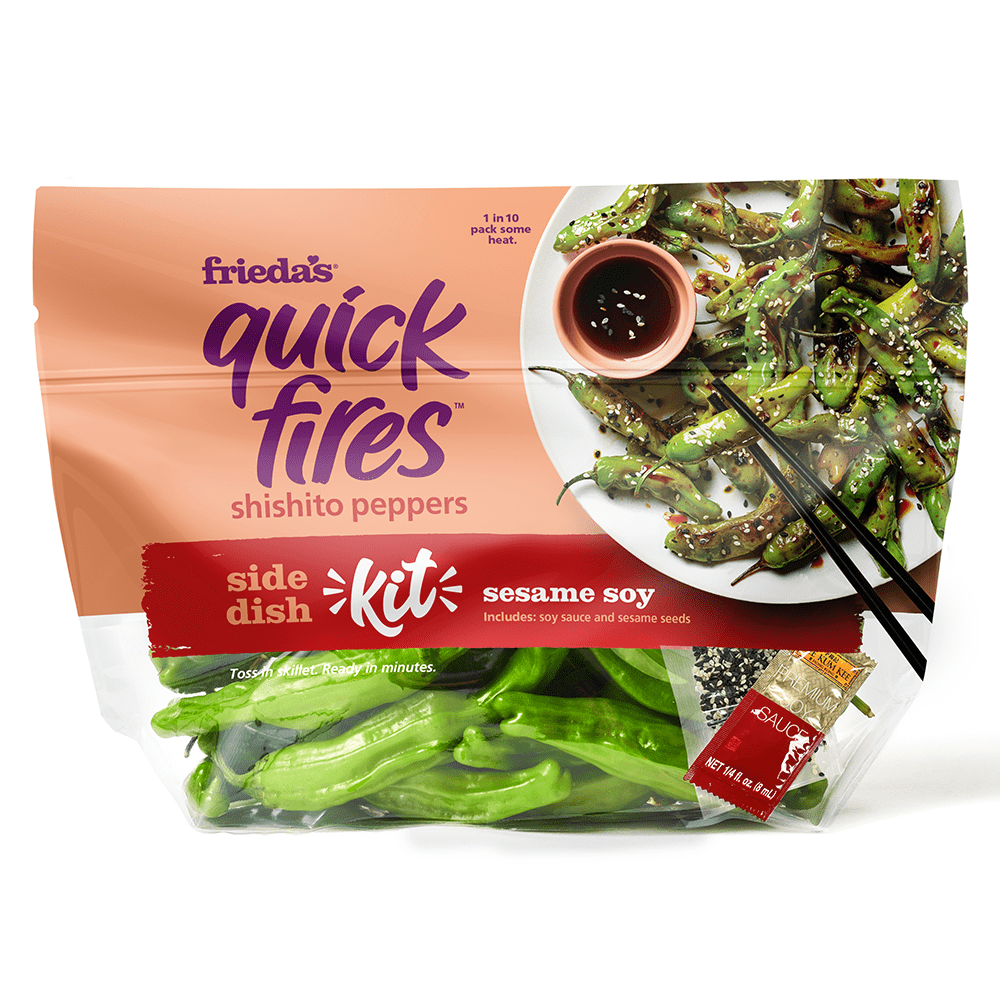While vacationing on Maui last week, we decided to take a day trip over to the island of Oahu. My husband Garry asked if I could get a private tour of the Dole Pineapple Plantation there, since I am a member of the produce industry. So, I emailed my longtime friend, Mike Cavallero, an executive with Dole, and he was kind enough to arrange a tour for us. (Garry read that over 1 million people visit the plantation every year and go through the biggest maze in the world.)
It was a sunny day and the tradewinds were blowing mildly. It was a perfect 86 degrees. We hopped in a farm vehicle and headed for a tour of part of the largest pineapple plantation in Hawaii – lead by Dan Nellis, operations director. We learned a lot about how pineapples grow. It takes about 18 months before the first crop comes off. A second crop will take an additional 14 to 18 months.
But, the big question of the day was, “How do you pick a pineapple?” or rather, “How to you pick a pineapple that is ripe and will taste awesome?”
I already knew that you DO NOT pull on the fronds on the top of the pineapple to see if they come out easily. (I have no idea who started that rumor…but it is completely untrue.)
And, according to Dan, COLOR is not an indicator either (which I did not know). Some pineapple varieties turn golden and others stay green on the outside.
I shared with Dan that my favorite way to pick a good-tasting pineapple is to purchase it at room temperature. And after examining it to make sure there are no soft or dark spots, or mold or bugs crawling on it, I smell it. If it smells the way I want it to taste, then I have found a winner. (You do have to make sure that pineapples have not started to ferment – a sign of over-ripeness.)
Dan agreed that was a good way to pick one, but recommended a more technical approach, just in case the pineapples at your store are not at room temperature.
Dan said that you should examine the outside shallow eyes, or “petals” (they are hexagonal in shape) which make up the outside rind of the pineapple. As the pineapple ripens, these petals flatten. In the center of the petal is a small protrusion or nub. This nub will become almost flat, which you can feel with your fingers.
With that information, we had fun walking the fields and looking for “ripe” pineapples to pick. I smiled when Dan got out his machete (which all pineapple farmers carry with them in the field), and cut a pineapple for me and my friends. There is NOTHING like a ripe pineapple, right out of the field.
So, next time you are at the store and want to pick a good-tasting pineapple, you can pick one with confidence.
• First, pick it up and make sure it is heavy for its size.
• Examine it closely to make sure there are no soft spots, bruises or mold growing.
• Pineapples ripen from the base, up to the top, so check the outside rind to be sure the petals are almost flat to the touch.
• And, if it is at room temperature, smell it.
When we returned to Maui and went to one of my favorite restaurants (Roy’s Kahana Bar & Grill in Lahaina), I had to order his famous Pineapple Upside-Down Cake. After you’ve seen them grow, you truly appreciate the flavor of fresh pineapple. Here’s the recipe if you want to try making this classic dessert for yourself.
Aloha!
Karen
Got this as a forward? Reading online? Click here to subscribe to this blog via email.

